
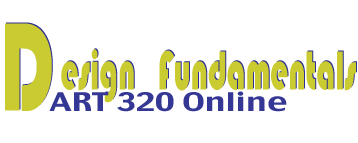
GESTALT
The word gestalt is German for form. In design, this term is particularly meaningful. It is based upon a form of psychology that originated in the 1920s and was concerned with the study of human perception. Its premise is that humans are driven to interpret visual stimuli into the simplest configuration that supplies meaning. This concept can also be expressed as “the whole is greater than the sum of the parts.”
The following are four gestalt concepts you will study in assignments#1 and #2.
Closure
is a collection of fragments, recognized as representative of the whole. Continuance
occurs when the edge of a shape or line carries the eye of the viewer onward. Similarity
is a group of similar elements that tend to be seen as part of a larger association. Proximity
refers to the spacing of elements that may or may not be similar.
Gestalt theory helps the designer plan how to organize a composition. Remember the word design means to plan, or to organize. An important function of design is to control the attention of the viewer. Gestalt theory can enable the designer to use strategies that effectively communicate with the viewer.
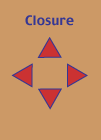 |
 |
| Closure is characterized by a minimum of visual information providing a clue, allowing the perception of a larger configuration. In the word, HORSE, the viewer will complete the letter forms to ‘see’ the word. |
|
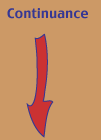 |
 |
| Shapes that point, have a leading edge, or length longer than width will carry the eye of the viewer beyond their limits. The designer can then direct the eye of the viewer to move around the design from one point toward another. |
|
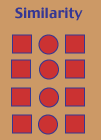 |
 |
| Similar appearing shapes, colors, textures, or values, will be seen as belonging to a group and will dominate a configuration of others that are dissimilar. |
|
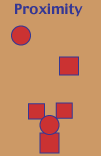 |
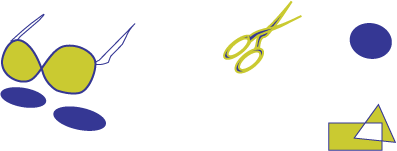 |
| Placing shapes near one another, touching, or overlapping will force their association. They will be seen first as the group, and second, as individual forms. |